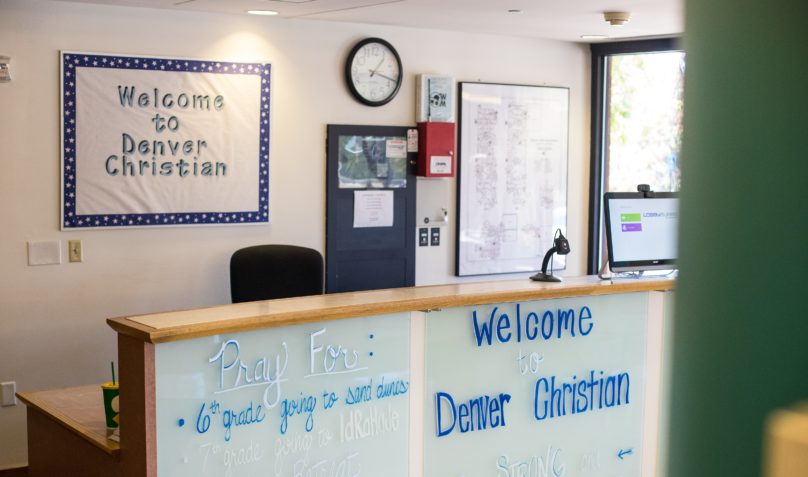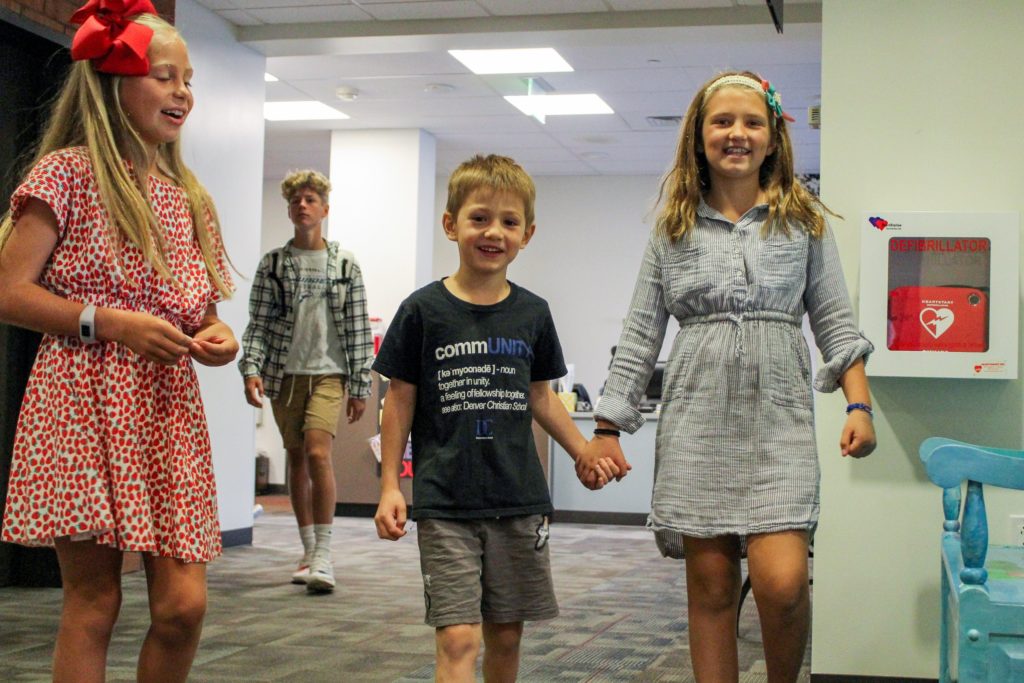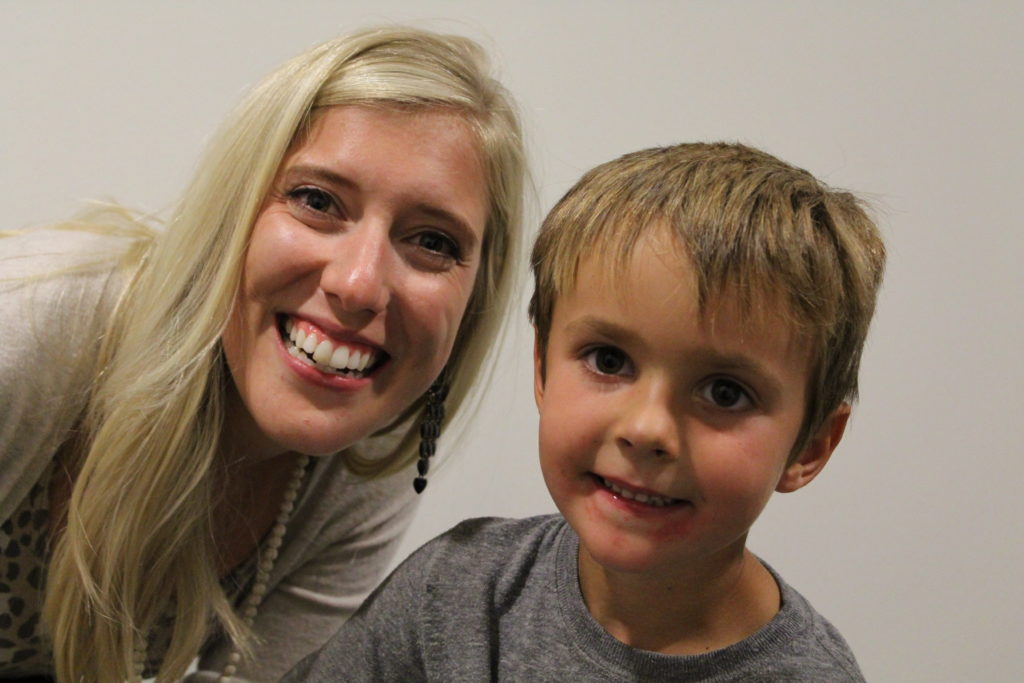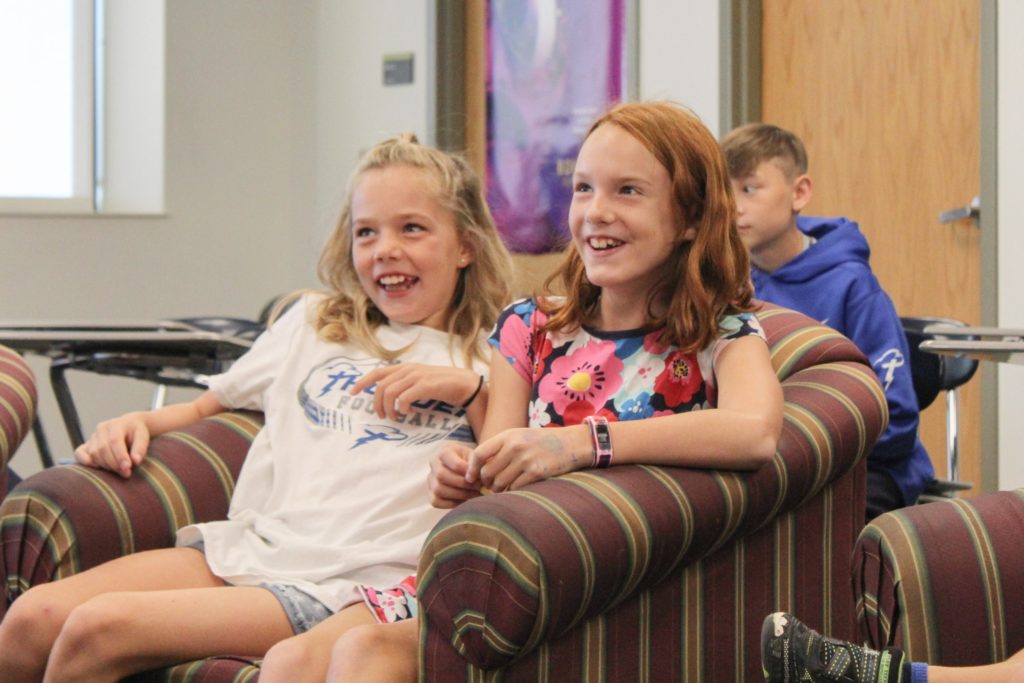Do you know what the most important element of school safety is?
A few weeks ago, our middle school principal, Mr. Amidon, and I went to the 2019 Colorado Safe Schools Summit Conference. This conference is offered once a year, and is open to all public and private school administrators and counselors.
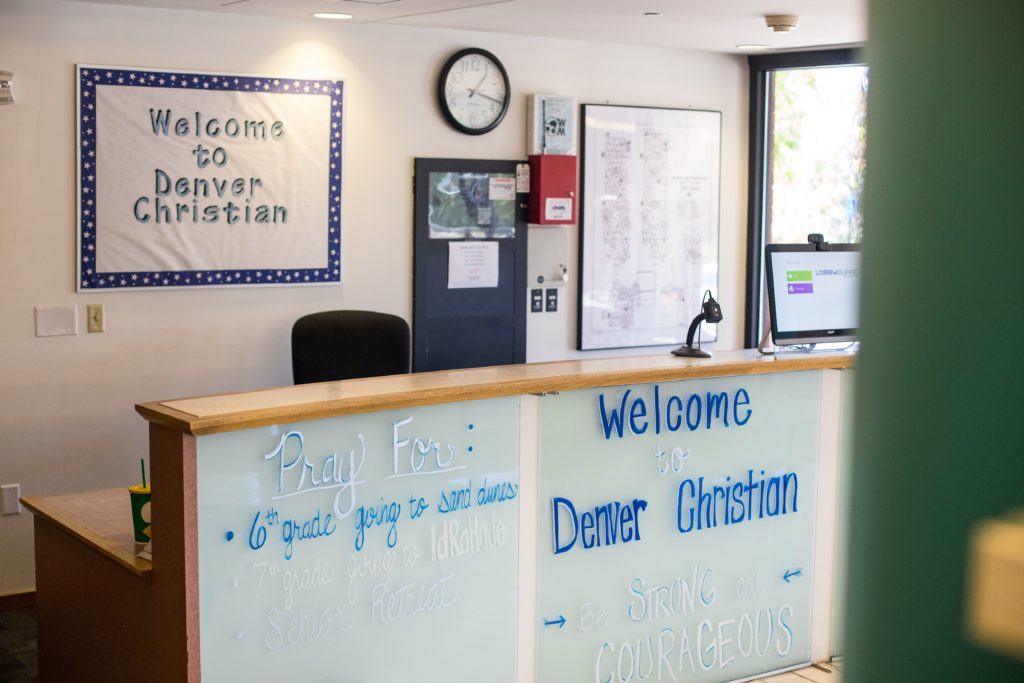
When I registered for the event, I fully expected to walk away armed with some new information about school security upgrades and best options for lobby safety.
While there were bits and pieces of this sprinkled into the conference, we were surprised to learn that school safety isn’t first and foremost about these facility and procedural safety items.
Below you’ll find what was presented as the most important element to school safety, but first I’d like to share with you several other of our key takeaways from this conference:
Takeaway #1: School safety is a relevant concern
Colorado is, as we know, one of the states with the highest rates of school safety issues (which includes everything from mental health-related incidents to guns). Experts don’t know exactly why Colorado’s a “leader” in this area, though some would argue our accessibility to drugs, for example, probably plays a part in this.
Last year our DCS Leadership team had training provided by the State of Colorado in Threat Assessment, and we heard the same message there. We are immensely thankful to have access to really helpful resources, training, and support.
Takeaway #2: Vaping and drugs are emerging threats to student health and safety
The last two sessions I attended focused on vaping and drugs. This was fascinating, but scary. We passed around literally over a hundred different versions of vaping tools, many disguised as ordinary items you’d expect to find on teenagers in schools.
Originally introduced as a “safer” alternative to cigarette smoking, what’s being discovered is that vaping is causing significant health issues and is even more addictive than smoking tobacco. That students can hide and disguise it so easily is equally disturbing.
Takeaway #3: Providing a secure building promotes student safety
We left affirmed in our ongoing efforts to provide a safe physical learning environment for students at Denver Christian School. Our building, policies, and processes are all designed to keep our students safe:
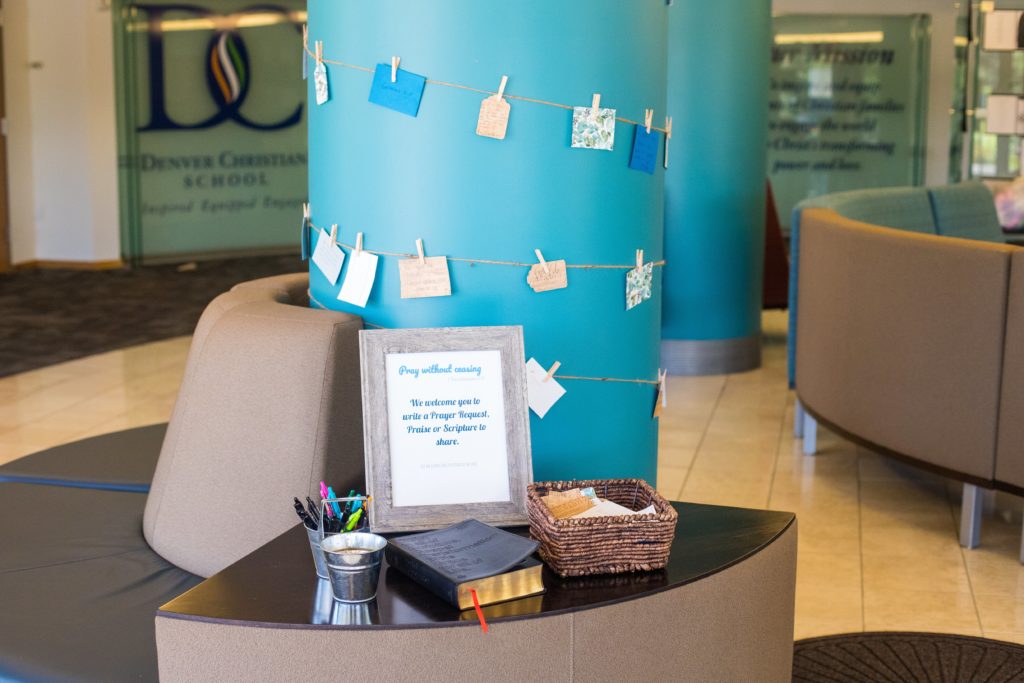
- All building doors are always in locked position.
- Staff members “man” student entry points each morning.
- Background checks are conducted on all staff and volunteers.
- All staff members carry radios to ensure access to building-wide communication.
- All classes contain blue safety backpacks with medical supplies, snacks, and water and student emergency contact information in the event of a lockdown situation.
- All students and staff participate in regular lockdown, lockout, shelter in place, and fire drills.
- All guests must check in with Lobby Guard and wear stickers displaying system approval.
- Lakewood Police Department provides a School Resource Officer (SRO) who visits DCS regularly and who communicates with staff regarding any security concerns or incidents. He is incredibly responsive to any questions or requests we have.
- Our building contains numerous physical safety upgrades recommended by Lakewood Police and Lakewood Fire Department.As research, technology, and training continue to emerge, we will continue to evaluate and update the ways in which we can continue to promote student safety in our building.
Beyond these three key elements, we learned that the most important component of school safety had nothing to do with physical space, lobby safety, or policies and protocols!
Biggest takeaway: School culture and emotional safety are the keys to safe schools
More than any other factors, a strong school culture and student emotional safety are the most important elements of school safety. Cultivating an environment in which students feel known and loved and supported is schools’ most important consideration.
The most impactful speaker I heard was Finessa Ferrell, a national expert on bullying and harassment who serves as the Director of Health and Wellness for the Colorado Education Initiative.
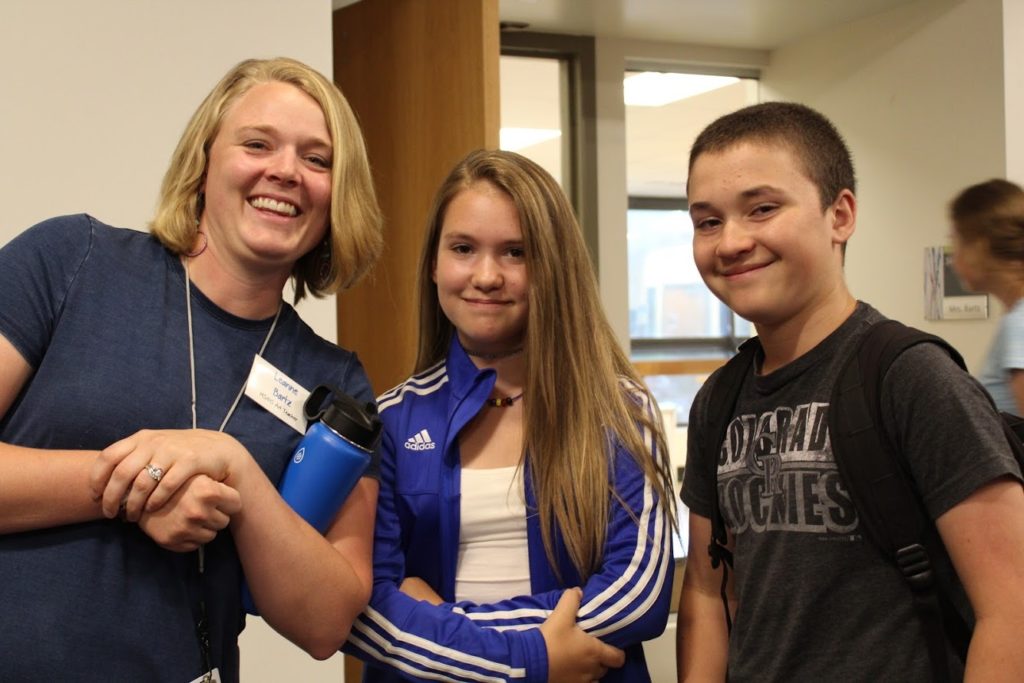
Emotional safety truly is the most important element of school safety. A school culture in which students are known and loved provides the safest environment for them.
Many of the strategies that they recommended to promote students’ emotional safety are ones that we already practice:
Social-emotional instruction. Experts we heard from stressed the importance of explicit instruction in this key area. I was thrilled that the Sanford Harmony curriculum we use in elementary is, in my humble opinion, superior to the curriculum that was presented in this session (that is currently being used in many local schools).
Sanford Harmony is a social emotional learning program for Pre-K-6 grade students designed to foster communication, connection, and community both in and outside the classroom. Our counselors at Denver Christian School are getting into all of our classrooms proactively teaching lessons on social-emotional wellness.
Safe to Tell. This is a public number that people can call to report if they’re worried about friends, or if they’ve heard concerning talk about suicide or other dangers to schools. For students especially concerned with privacy, this provides a safe and reliable way for them to report concerns. We already have signs up in our school for this and we’re grateful to hear that this is a recommended action step for schools.
Restorative Practices was recommended as a strategy to build a healthy school culture and positive peer-to-peer relationships, which we can affirm as an effective practice at Denver Christian School. This is often done through “circles,” which proactively building the relationships and skills students need to support one another and collectively address the challenges they face.
This conference challenged us.

Sobering information reminded us that we live in a broken world. Statistics, data, and stories shared by experts and colleagues from across the state confirm this. The two days at this conference confirmed the incredible challenge we as educators are facing. It’s no longer just educating the mind of students. Our “whole child” approach to education has never been more desperately needed than it is today.
This conference also encouraged us.
Denver Christian School isn’t a perfect place immune from sobering stories and statistics, but we’re grateful that it’s a place where each of our students is known and loved by teachers and coaches and classmates and other members of the Denver Christian School community.
Our students are seen and valued as image-bearers of the God who created and loves them perfectly.
Our language and practices around culture, community, and justice stem from common beliefs in the sovereignty of God’s word and our collective desire to reflect God’s love to others.
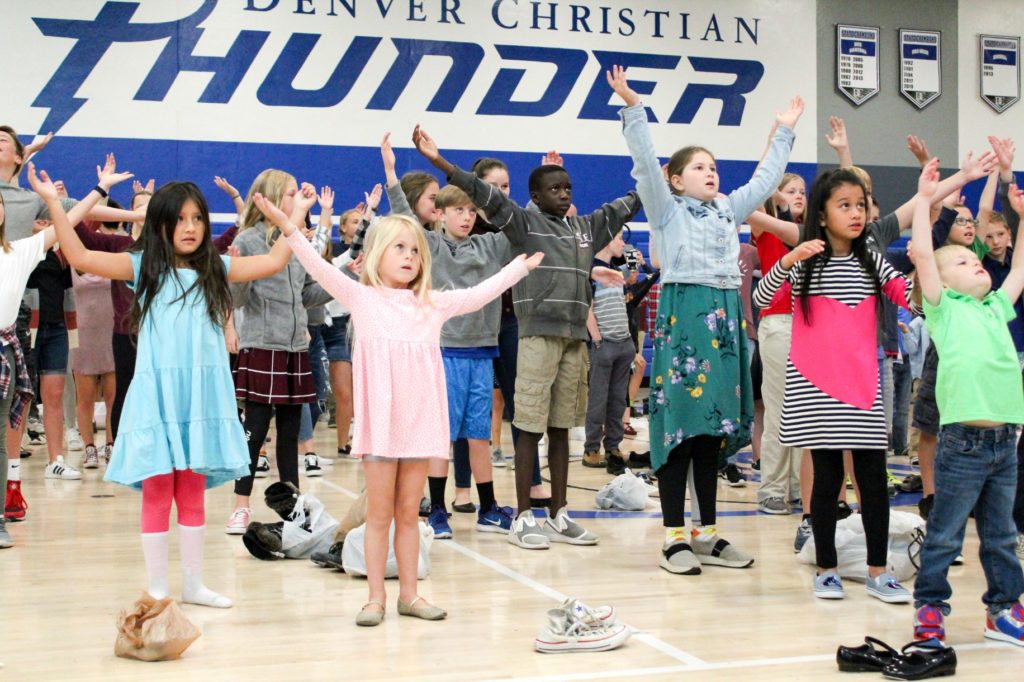
We’re grateful for the support of the Denver Christian School community.
Your partnership and commitment to our collective values, not just in theory but in practice, provides the foundation of a safe and healthy environment in which our students can thrive.
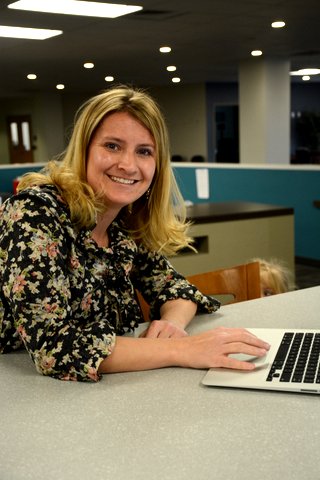
About the author
Lauralee Veenstra is the elementary school principal at Denver Christian School. Mrs. Veenstra has been with Denver Christian School since 2012, becoming the elementary principal in 2017. She is passionate about Christian education and proving the best learning opportunities for students to develop the whole child and helping students realize their place in God’s epic story.


